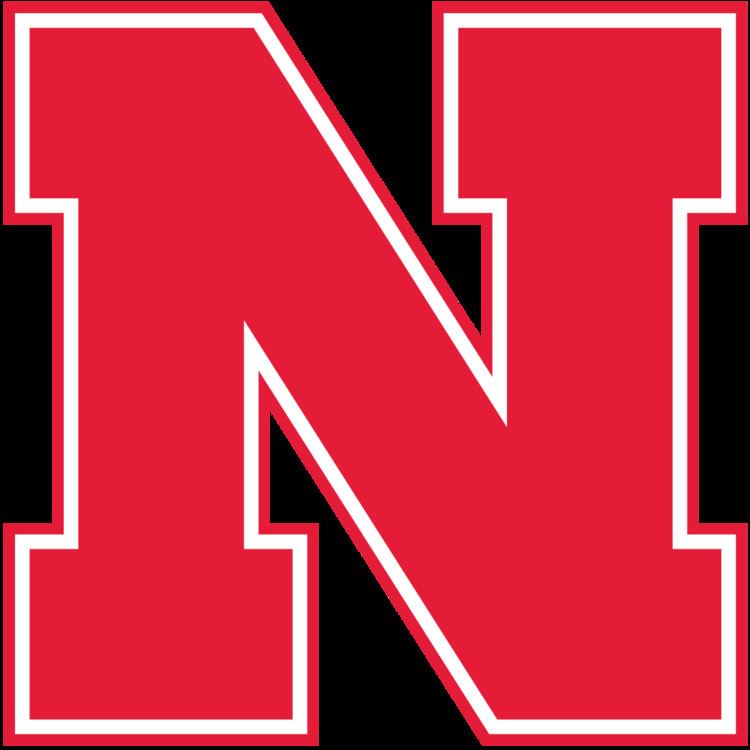 | ||
Nebraska cornhuskers football statistical leaders top 8 facts
The Nebraska Cornhuskers football statistical leaders are individual statistical leaders of the Nebraska Cornhuskers football program in various categories, including passing, rushing, receiving, total offense, defensive stats, and kicking. Within those areas, the lists identify single-game, single-season, and career leaders. The Cornhuskers represent the University of Nebraska-Lincoln in the NCAA's Big Ten.
Contents
- Nebraska cornhuskers football statistical leaders top 8 facts
- Total offense
- All Purpose yards
- Touchdowns
- Field goal percentage
- References
Although Nebraska began competing in intercollegiate football in 1890, the school's official record book considers the "modern era" to have begun in 1956. Records from before this year are often incomplete and inconsistent, and they are generally not included in these lists.
These lists are dominated by more recent players for several reasons:
These lists are updated through the end of the 2016 season.
Total offense
Total offense is the sum of passing and rushing statistics. It does not include receiving or returns.
All-Purpose yards
All-purpose yards is the sum of yardage gained from the line of scrimmage. It can include rushing, receiving, kick return and punt return yards. It does not include passing yardage.
Touchdowns
Note: In 1910 touchdowns were only worth 5 points each
Field goal percentage
Single season field goal percentages for kickers with more than 10 attempts (data since 1962).
